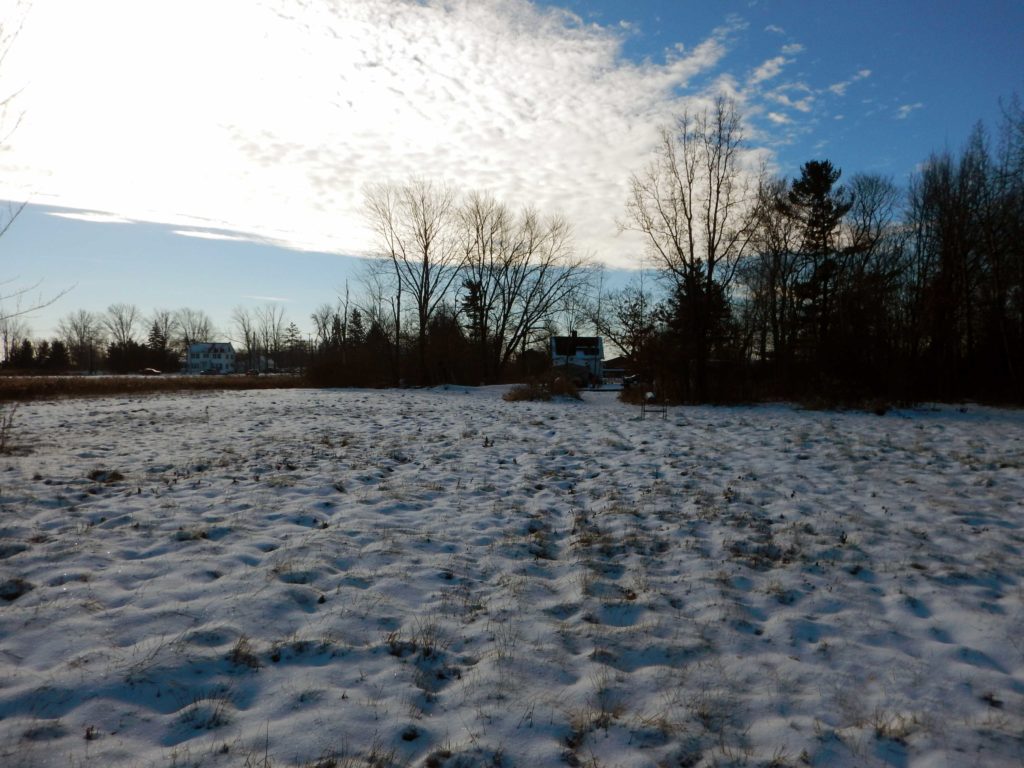Early Wetland Detection Saves Money
Keeping this in mind at the beginning of every project can provide more success. Detecting Wetlands at the beginning of every project leads to greater success. Phase 1 Environmental assessments ensure that potential problems are foreseen and addressed at an early stage in project planning and design.
Phase 1 Environmental Assessments
Why is this important?
The time and cost savings can be substantial. Issues such as wetlands, streams, environmental concerns, shallow bedrock and utility easements, to name a few, can have major impacts on the cost of developing a site.
Due diligence.
CTL recently had a request to perform a Phase I ESA and Geotechnical Subsurface Investigation on a project in the Cleveland area for a proposed senior living facility. Matthew Kairouz, CTL’s Cleveland Branch Manager and Geotechnical Engineer, visited the site to make sure they would not have any issues with accessing the site with the drilling equipment. He observed cattails on the property in the area where the building was to be located and had concerns about possible wetlands. We contacted our client, who was the architect for the project, to inform them of his observations and recommended that one of our Wetland Scientists perform a Preliminary Jurisdictional Waters Assessment (PJWA) of the project property. Jeremy Degler, Wetland Scientist at CTL, conducted the PJWA and observed that a stream flowed across the center of the property and along this stream were wetlands. He subsequently relayed his findings to our client who then informed the owner. The owner of decided to pursue another site, saving them 6-12 months of time and an estimated $100,000.
Click here to learn more about our environmental services: https://ctleng.com/environmental-engineering/

Results of Phase 1 Environmental Assessment show wetlands

